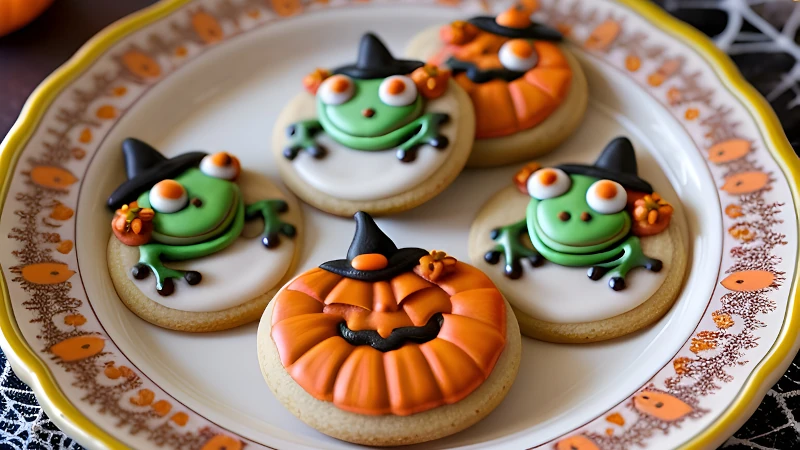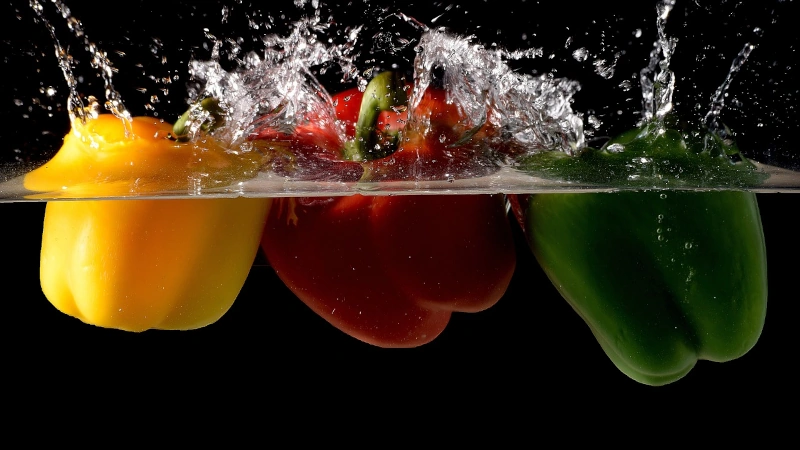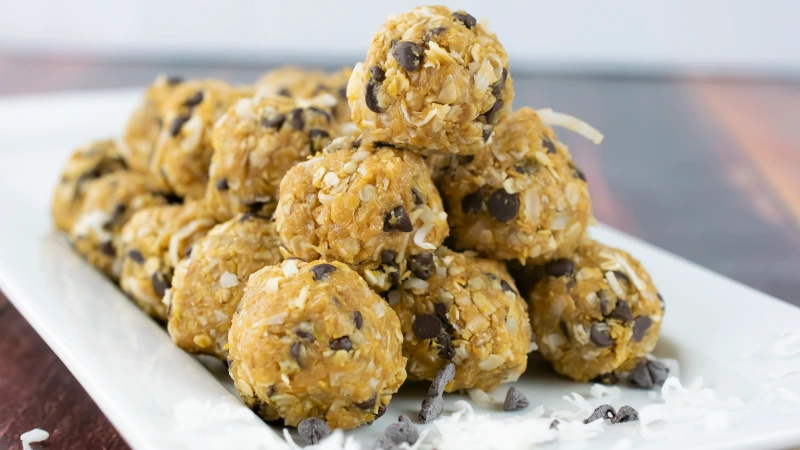Why you should be wary of homemade treats when trick-or-treating
Written by: Courtney Vondracek
With Halloween rapidly approaching, many are searching for the perfect holiday treat to hand out to trick-or-treaters. Although the temptation to give away candied apples or marshmallow squares may be strong, Lester Schonberger, associate Extension specialist in the Department of Food Science and Technology at Virginia Tech, urges people to stick to store-bought treats to reduce food safety risks.
“When you buy candy or treats from the store, there are multiple quality and safety checks by the company,” Schonberger said. “So, they know they are producing a safe, high-quality treat. These manufacturers are also inspected to ensure they are complying with the relevant food processing regulations.”
Schonberger pointed out that with homemade treats, consumers can’t know for certain what they’re getting, whether it was produced in a food safe environment, or what allergens it might contain. “When someone is making a homemade treat to give away, these checks don’t exist,” he said. “So, eating them can be riskier than eating a treat from a regulated food manufacturer.”
This advice is doubly true for trick-or-treaters who deal with food allergies or sensitivities. “Treat manufacturers are held to high standards to ensure proper allergen labeling, and that measures are taken to decrease the risk of cross contact that home treat makers are not subject to,” he said.
For those with dietary restrictions, receiving homemade treats for Halloween is an overall scary idea.
“Ultimately, with a homemade treat the person making it could be using unsafe ingredients or handling it in a riskier way, and you wouldn’t know just by looking at it,” Schonberger said. “The safest approach I can recommend is that if someone is offering a homemade treat for Halloween, you might choose to accept it to avoid an awkward moment but then choose not to eat it and throw it away later. Parents can work with their children to make sure they wait until they get home to dig into the night’s loot so that they can go through the candy to make sure there isn’t anything harmful.”
Although the number of risks that Halloween can come with may seem scary, Schonberger said that parents can keep risks to a minimum with the following resources during the spooky season:
- Food Allergy Research and Education guidelines on allergy safe trick-or-treating and the teal pumpkin project.
- The U.S. Food and Drug Administration Halloween food safety tips for parents.
About Schonberger
Lester Schonberger is an associate extension specialist in Virginia Tech’s Department of Food Science and Technology. His research and extension work focuses on food security as it relates to all people having access to safe, quality, and culturally appropriate food.
The post Beware homemade treats this Halloween, says food safety expert, written by Courtney Vondracek, originally appeared in Virginia Tech News.



